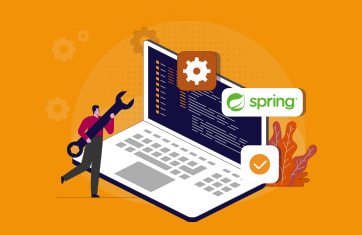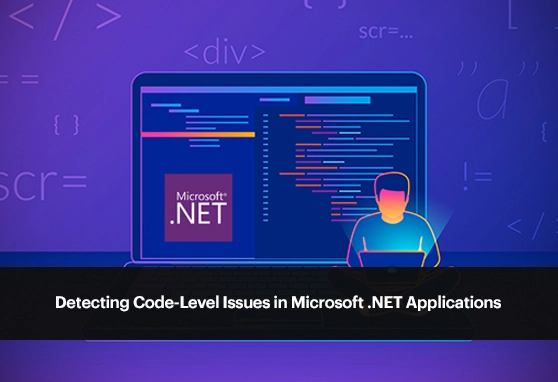Polyglot
What is a Polyglot?
In the context of Application Performance Monitoring (APM), the term "polyglot" typically refers to the ability of an APM tool or system to support and monitor applications written in multiple programming languages or frameworks. A polyglot APM solution is versatile and can adapt to the diverse technological stack often found in modern software architectures.
In the broadest sense, a polyglot (Greek for many tongues) is a person who can speak and use many languages. They might also be able to understand other languages. The idea of polyglot has been extended to the practice of programming computer code.
For example, in a microservices-based application where each microservice may be developed using a different programming language or framework (such as Java, .NET, Node.js, etc.), a polyglot APM system can provide comprehensive monitoring, observability and insights across the entire application ecosystem. This breadth of coverage is essential for organizations with diverse technology stacks to ensure effective performance monitoring, diagnostics, and troubleshooting regardless of the languages or frameworks used in their applications.
What should i know about Polyglot applications and their use of databases?
Polyglot applications utilize a mix of database technologies tailored to specific needs. They may incorporate relational, NoSQL, and specialized databases for diverse requirements like microservices data storage, analytics, caching, and in-memory data handling. This approach, known as polyglot persistence, optimizes performance, scalability, and flexibility while managing various data types efficiently within the application architecture.
Common database and related technologies used in the delivery of polyglot applications include:
What is Polyglot persistence?
Polyglot persistence is centered around the idea that an application can benefit from using more than one core database or storage technology. Polyglot persistence revolves around the concept of the coexistence of multiple data storage types within a single application system. It is now considered core to resilient data flow in distributed microservice architectures.
The term "polyglot" refers to the use of multiple languages or technologies, while "persistence" refers to the storage of data. Polyglot Persistence recognizes that different types of data (e.g., structured, semi-structured, unstructured) may have varying characteristics and access patterns, and therefore may be better suited for storage in different types of databases or data stores.
For example, a polyglot persistence approach might involve using a relational database for structured transactional data, a document-oriented database for semi-structured content, a graph database for relationships and network data, and a key-value store for fast access to frequently accessed data.
The importance of APM in Polyglot application delivery
Application Performance Monitoring (APM) is highly important in polyglot application delivery for several reasons:
Overall, APM plays an essential role in ensuring the success of polyglot application delivery by providing visibility, insights, and actionable data to optimize performance, reliability, scalability, and user experience across the diverse technology stack.
Licensing APM tools for polyglot applications can be challenging due to compatibility issues, scalability concerns, and integration complexities across diverse technology stacks. Cost considerations, ensuring feature parity, and avoiding vendor lock-in are crucial. Moreover, managing data privacy and compliance adds complexity. Careful evaluation of licensing models, scalability requirements, and integration capabilities is necessary for cost-effectiveness and seamless deployment. Collaboration among development, operations, and procurement teams is essential to navigate these challenges effectively and ensure successful monitoring of polyglot applications while meeting performance, scalability, and compliance needs. eG Enterprise has been designed for use in modern architectures and is licensed to provide cost-effective APM even when used in complex, heterogenous stacks.






